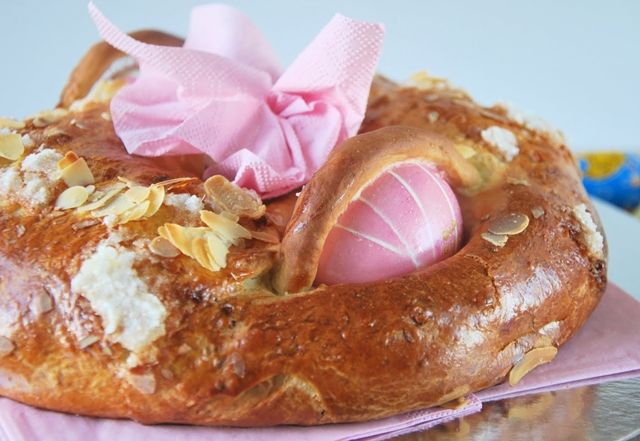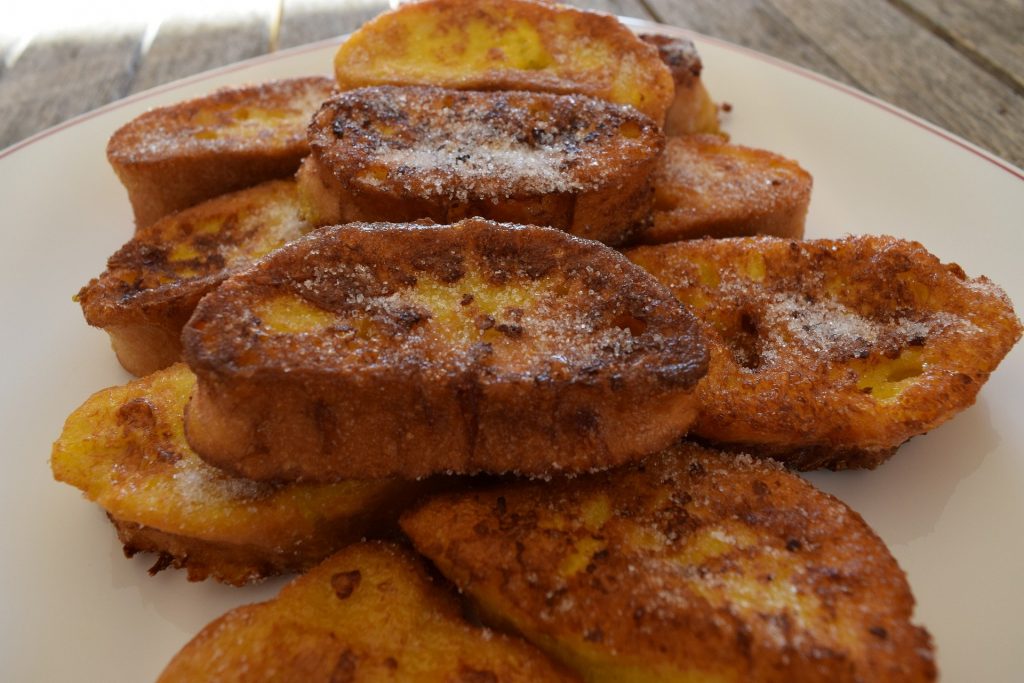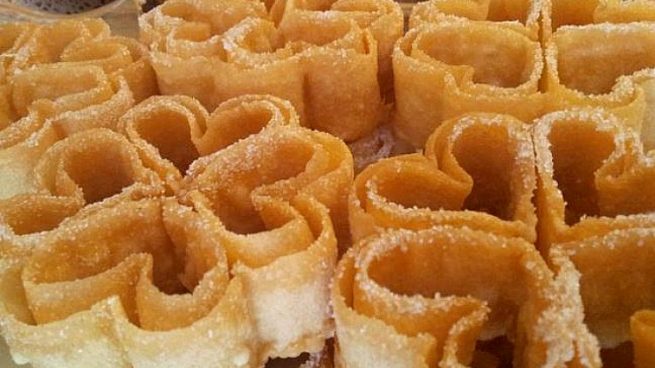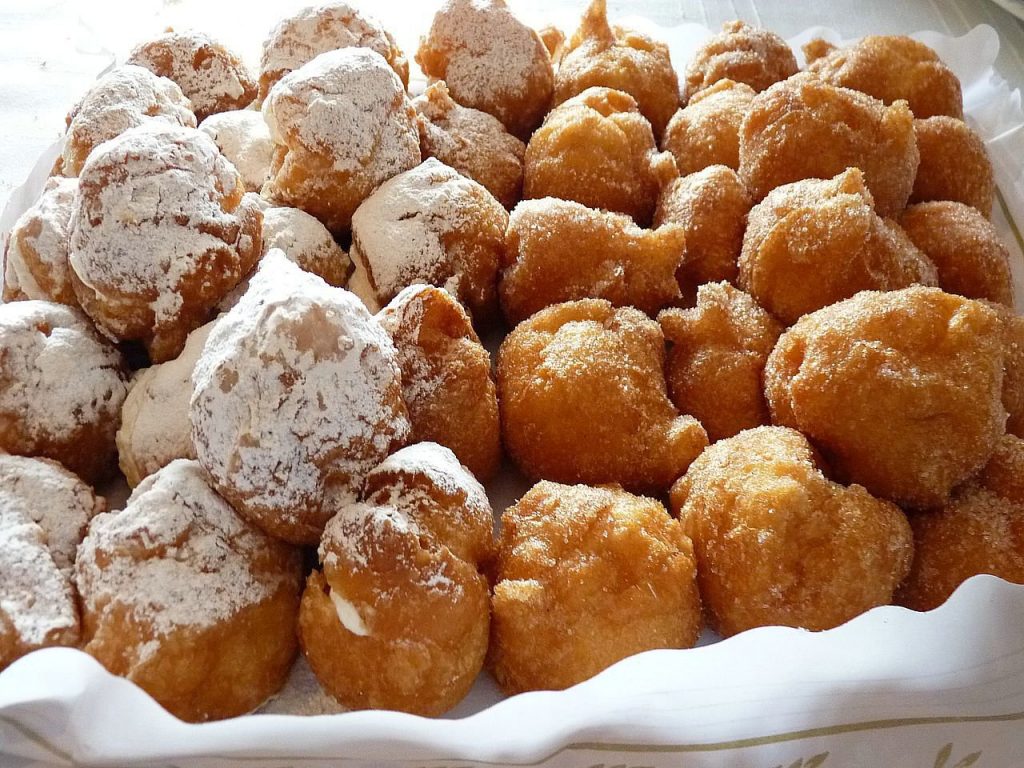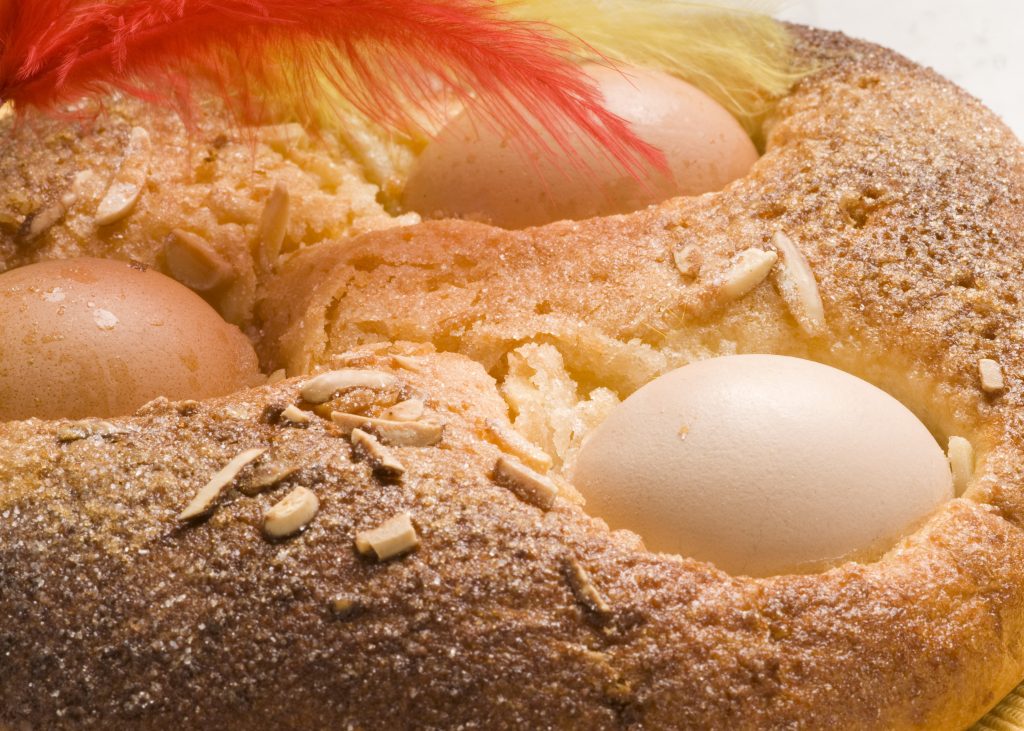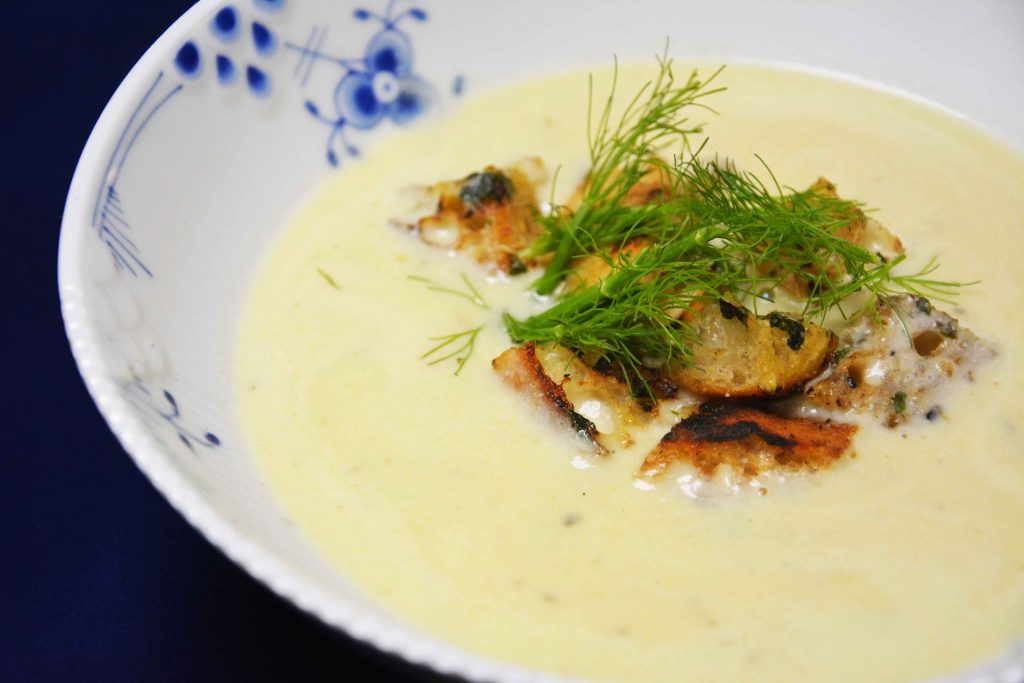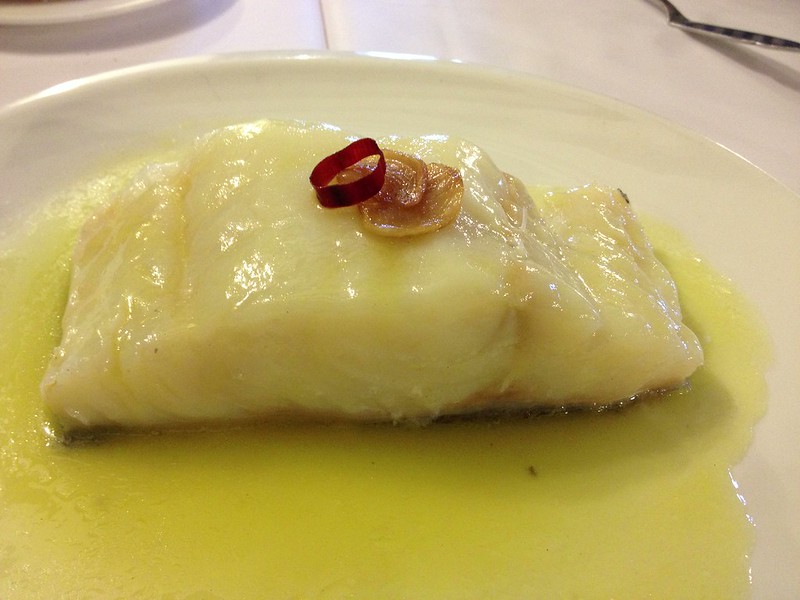It is almost time for Semana Santa (Holy Week), when the streets will be filled with people watching the solemn processions. Most of the processions take place from April 2 – 9. In the run up to and throughout the Semana Santa period, there are always plenty of delicious, traditional Easter foods on offer.
The traditional Easter foods in Spain have a tendency to be sweet, involve pastry, eggs or bread. There are exceptions to the rule, of course, but one thing is certain – they’re filling.
InSpain.news brings you some of the most popular Easter foods from around Spain.
Torrijas
Torrijas are probably the most popular of all the Easter foods. Similar to French Toast, it consists of thick slices of bread soaked in milk, coated with egg and fried. A sprinkle of cinnamon or sugar is added to the top. Occasionally, the bread is soaked in wine.
Roscos fritos
Roscos, also known as rosquillas, are like doughnuts. Fried in oil just like torrijas, each region of Spain has its own version. They can be filled with anything from cream to liqueur.
Flores Fritas
Also known as Flores de Semana Santa, these ‘fried flowers’ are a pretty, sweet treat. They have a crunchy texture and are delicate considering it’s another fried dish. Dusted with sugar, they make a good Instagram picture, too.
Hornazo
Not everything at Easter is sweet. These pies, particularly popular in the provinces of Salamanca and Ávila, are filled with eggs, pork loin and chorizo sausage. Traditionally eaten on Easter Monday (Lunes de Aguas), Hornazo looks like a sandwich on steroids. Sometimes the top is decorated nuts or grapes.
Panquemado
Literally translated, this Valencian easter food is ‘burnt bread’. More of a sugary cake, a truly authentic Panquemado will be baked in a wood fired oven.
Buñuelos
You can find buñuelos all year round in Spain, however they are a traditional Easter food. Sweet, fried doughballs often filled with cream. The Malaga version is Borrachuelo malagueño. The clue is in the name… borracho means drunk in Spanish and yes, the pastry is soaked in wine before being fried and dusted with sugar. As with churros, they are a great accompaniment to a cup of thick, hot chocolate. There is also a savoury version made with cod – possibly not quite as good with chocolate.
Gañotes de Ubrique
Another Andalucian treat, this is a rosco in spiral form. Succulently sweet, it originates from the town of Ubrique which traditionally hosts its own gañote competition every year. Gañotes de Ubrique are made from flour, eggs, olive oil, cinnamon, lemon zest and sesame.
Potaje de Vigilia
Moving away from the sweet to the hearty and filling. This stew is usually served on Good Friday and includes chickpeas, spinach, garlic, onion, pepper, and a hard-boiled egg. Easy to prepare, it is one of Spain’s most popular Semana Santa dishes.
Mona de Pascua
La Mona de Pascua is customary cake in the regions of Catalonia and Valencia. The round cake is similar to the roscón and is very easy to make at home. Traditionally topped with hard boiled eggs, it is now more customary for fewer of the boiled and more of the chocolate kind to be found topping the cake. Add in a few decorative pieces and you have a fantastic cake to grace the Easter table.
Bartolillos
Native to Madrid, the bartolillo madrileño is a fried empanada filled with creamy custard. The dough is usually cut into triangular shapes before frying. After filling them with custard, the bartolillos are topped with powdered sugar to make them look extra scrumptious.
Sopa de ajo
It is time break up the sweetness with a bowl of garlic soup. Alongside the garlic, the soup is made of paprika and chicken stock Many add a hard boiled egg in the centre, but croutons do just as well. To add more flavour, a few tablespoons of sherry wine or a pickled green pepper could be added to the mix.
Bacalao al pil-pil
Cod in Pil-Pil Sauce is a dish from medieval times. Popular during Lent, since fish was the only “meat” people were allowed to eat. Pil-pil sauce originates from the Basque region and is created when the natural gelatine from the fish is released, then whisked with olive oil and vinegar.
Huevos de Pascua
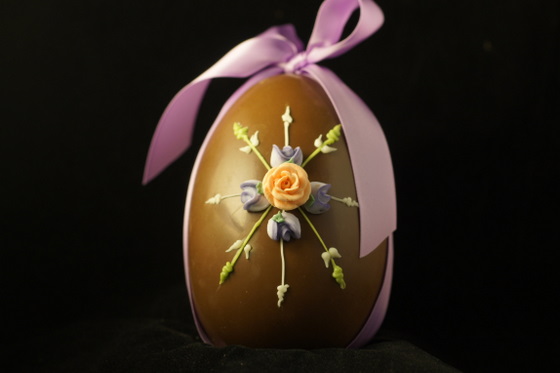
Easter eggs – the chocolate not boiled kind – are given as Easter gifts to Spanish children. As with other countries, there is often a little gift or more chocolate inside.
Easter is a time for celebration, so forgetting the diet and indulging in some of the traditional Easter foods in the coming weeks is allowed.
